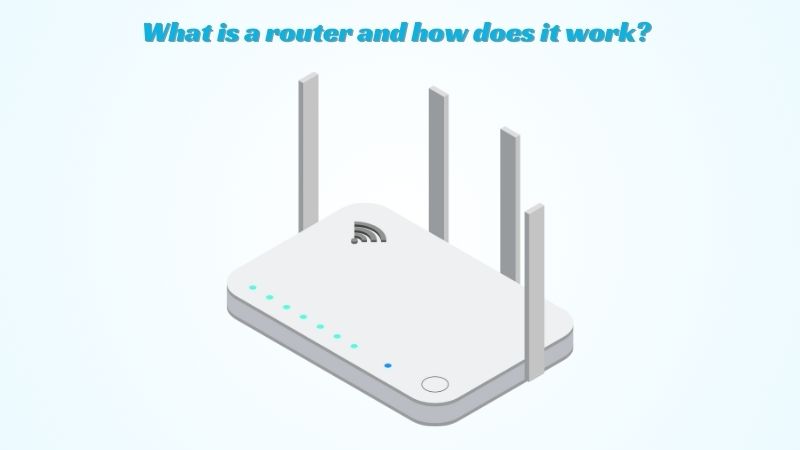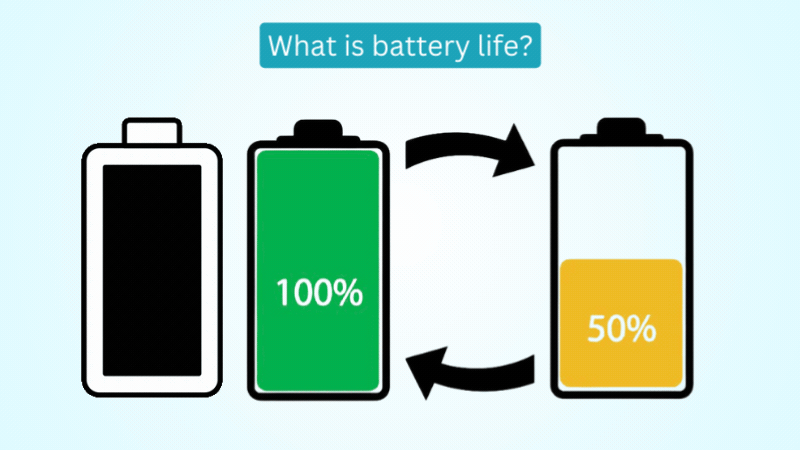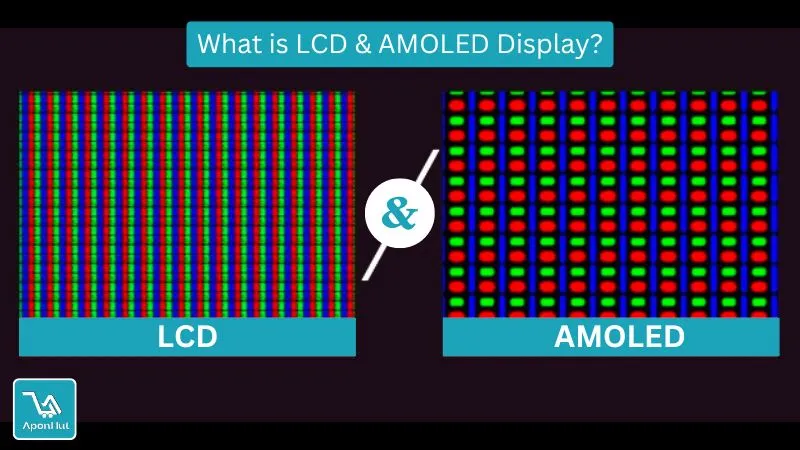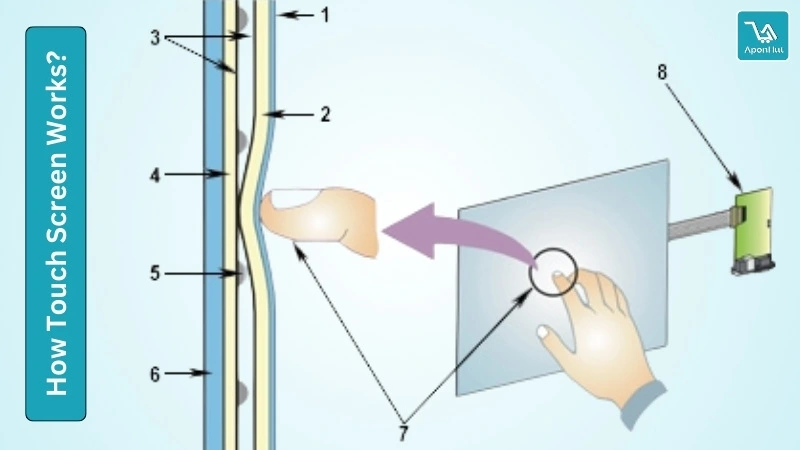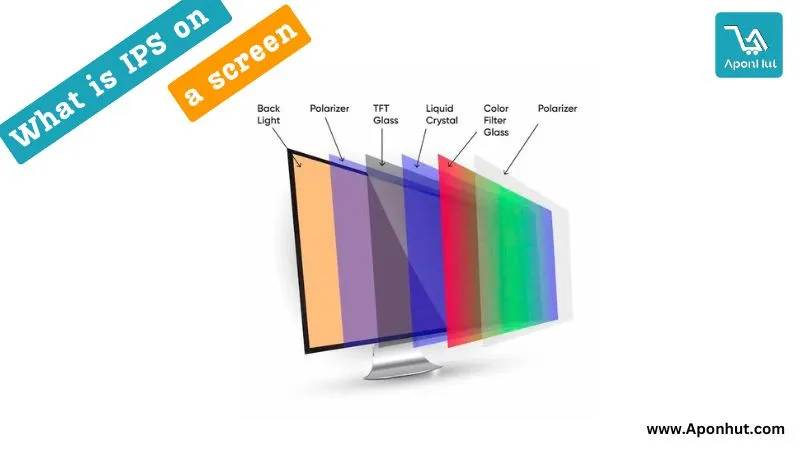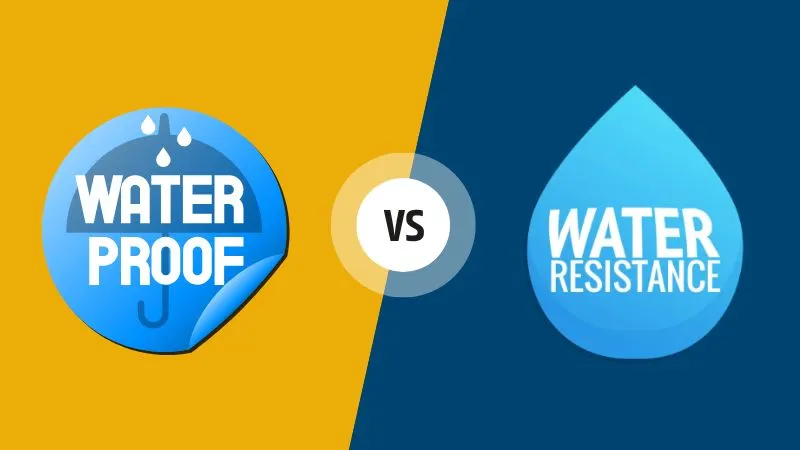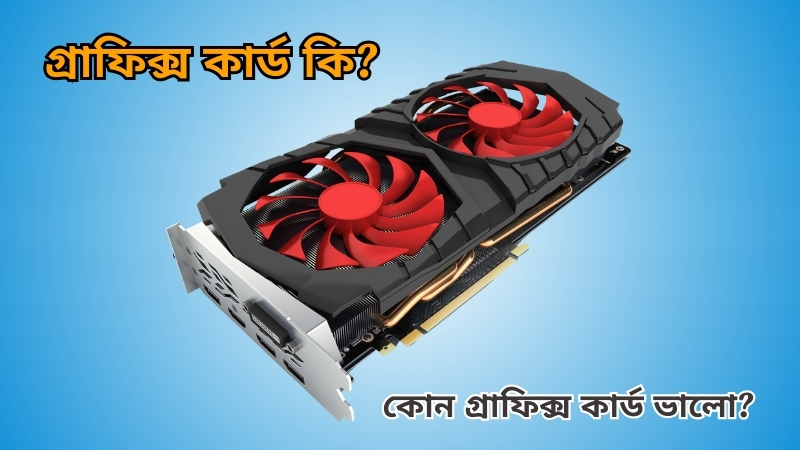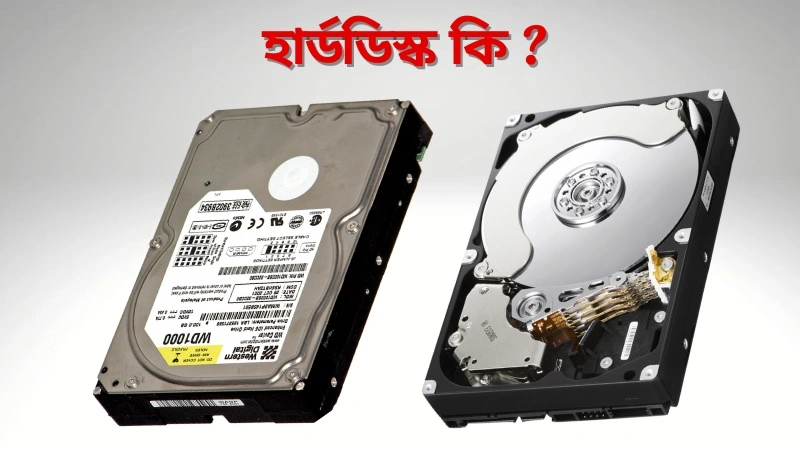Product Design Definition
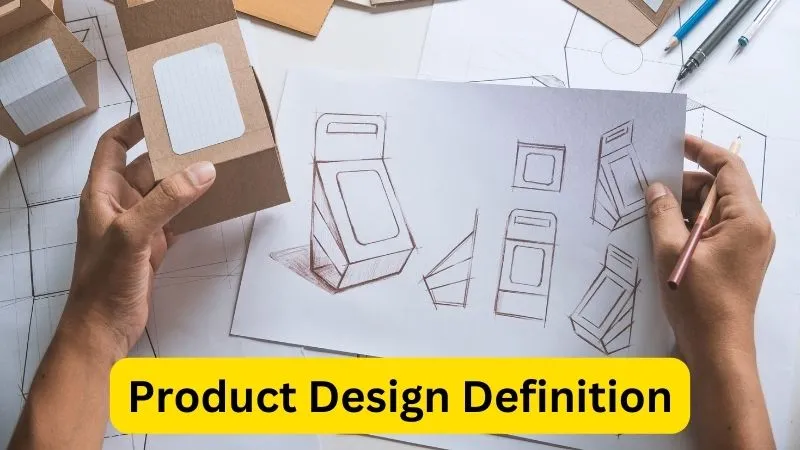
Introduction
Product design is the backbone of customer satisfaction, bridging the gap between functionality and aesthetics. It's a delicate balance of understanding user needs, creating intuitive interfaces, and crafting experiences that resonate emotionally.
From ideation to prototyping and beyond, every decision made in product design has the power to captivate or alienate users. Unlock the secrets to designing products that truly delight by delving into this comprehensive guide on the art of product design.
What is Product Design?
Product design is the holistic process of conceptualizing, creating, and refining tangible goods to meet the needs and desires of consumers. It encompasses a multidisciplinary approach, integrating elements of functionality, aesthetics, usability, and user experience (UX) design.
At its core, product design seeks to optimize the interaction between users and products, balancing form and function to deliver solutions that are both visually appealing and highly functional.
From initial ideation to final production, product design involves meticulous research, iteration, and collaboration among designers, engineers, and stakeholders to bring innovative ideas to life.
Elements of Product Design
Product design integrates several key elements to craft compelling and effective solutions. These elements work together to ensure that the final product meets the needs and desires of users while aligning with business objectives and technical constraints.
1. Functionality: At the core of product design is functionality, which refers to the purpose and utility of the product. A well-designed product effectively performs its intended function, whether it's a tool, appliance, electronic device, or piece of furniture. Functionality encompasses factors such as performance, reliability, ease of use, and compatibility with other systems or devices.
2. Aesthetics: Aesthetic considerations play a crucial role in product design, influencing the visual appeal and emotional response evoked by the product. Aesthetics encompass aspects such as form, color, texture, and overall design composition.
3. Appropriate: Ergonomics focuses on optimizing the interaction between users and products to ensure comfort, safety, and efficiency. Ergonomic considerations include factors such as human body dimensions, posture, reach, and usability, with the goal of enhancing user experience and usability.
4. Materials and Manufacturing Processes: The selection of appropriate materials and manufacturing processes is essential in product design to achieve desired performance, durability, and cost-effectiveness. Designers must consider factors such as material properties, availability, sustainability, and production feasibility when choosing materials and determining manufacturing methods.
5. User Experience (UX) and User Interface (UI) Design: User experience design makes sure people enjoy using a product by making it easy and efficient to use. User interface design is about making the product look good and work well, focusing on things like buttons and screens. Both UX and UI design help make products that are easy to use, fun, and match what the brand stands for.
Principles of Product Design
Product design principles are important rules that guide designers in creating innovative, functional, and user-friendly products. These principles help designers ensure their products work well and meet the needs of users.
1. Simplicity: Keeping design simple is key. This means removing any unnecessary parts that could confuse users. A simple design makes it easier for people to use the product without feeling overwhelmed, helping them get things done more quickly and easily.
2. Usability: Products must be easy and natural to use. This involves making sure people can learn how to use the product quickly, that they can use it efficiently, and remember how to use it later. Good design helps prevent mistakes and makes sure people are happy using the product.
3. Sustainability: It's important to design products that don't harm the environment. This includes using materials that are good for the planet, saving energy, reducing waste, and making products that last longer and can be recycled.
4. Durability: Products should be built to last. They need to hold up under normal use and stay good-looking and functional over time. This saves people money and cuts down on waste because products don't need to be replaced as often.
5. Innovation: Innovation keeps design fresh and exciting. It involves coming up with new ideas, using the latest technologies, and thinking about what users might need in the future. Innovative design helps create products that stand out and lead the way in the market.
These design principles help make sure products are effective, enjoyable, and respectful of the environment. They guide designers in creating products that people love and trust.
The Process of Product Design
The product design process is a step-by-step approach aimed at creating products that fulfill user needs and stand out in the market. Here’s how it unfolds:
Research and Analysis: This initial stage involves understanding the user's needs, market trends, competitors, and technology options. Designers use interviews, surveys, and market studies to identify problems and opportunities for innovation.
Ideation and Conceptualization: With insights from research, designers brainstorm and generate ideas. They sketch, create prototypes, and use feedback to refine their concepts. This stage helps them visualize and test different ideas to see what works best.
Prototyping and Testing: Designers then make prototypes, which can be simple sketches or more detailed, functional models. These prototypes are tested with users to see how they work in real life. Testing helps identify any design issues and gather user feedback.
Refinement and Iteration: Using the feedback, designers refine the product. They tweak the design to improve functionality, usability, and look. This may take several rounds of changes and testing to get everything just right.
Finalization and Production: Once the design is perfect, it’s time to get ready for production. Designers create detailed plans and work with engineers and manufacturers to make sure the product can be made effectively. They also check quality to ensure the final product meets all the necessary standards.
By following these steps, designers can create innovative products that really connect with users and do well in the market.
Importance of Product Design in Business
Product design plays a pivotal role in driving business success by influencing various aspects of a company's operations, brand identity, and customer satisfaction.
1. Differentiation and Brand Identity: In today's competitive marketplace, product design serves as a key differentiator, enabling businesses to stand out from competitors and carve out a unique identity. Well-designed products not only attract customers but also reinforce brand values and create lasting impressions that differentiate a company from its rivals.
2. Marketability and Consumer Appeal: Effective product design enhances the marketability of a company's offerings by creating products that resonate with target customers. Aesthetically pleasing designs, intuitive user experiences, and innovative features can capture consumer attention, drive purchase decisions, and foster brand loyalty.
3. Cost-effectiveness and Efficiency: Thoughtful product design can lead to cost savings and operational efficiencies throughout the product lifecycle. By optimizing design for manufacturability, materials, and assembly processes, businesses can reduce production costs, minimize waste, and improve resource utilization.
4. Customer Satisfaction and Loyalty: High-quality product design directly impacts customer satisfaction and loyalty by delivering solutions that meet or exceed user expectations. Products that are easy to use, reliable, and aesthetically pleasing enhance the user experience, fostering positive associations with the brand and increasing repeat purchases.
5. Competitive Advantage: Ultimately, product design confers a competitive advantage by enabling businesses to offer superior products that outperform competitors in the marketplace. By consistently delivering well-designed, innovative solutions that address customer needs and preferences, businesses can strengthen their market position, attract new customers, and sustain growth in an ever-evolving landscape.
Examples of Successful Product Designs
Numerous products exemplify the power of thoughtful design, including:
Apple's iPhone: Apple's iPhone revolutionized the smartphone industry with its minimalist design and intuitive interface. It set new standards for mobile technology, seamlessly integrating hardware and software to deliver a user-friendly experience that redefined communication and entertainment on the go.
Tesla's Electric Vehicles: Tesla's Electric Vehicles have redefined the automotive experience with their sleek design, cutting-edge technology, and commitment to sustainability. From the Model S to the Cybertruck, Tesla's vehicles offer exceptional performance, long-range capabilities, and zero-emission driving, challenging traditional notions of transportation.
Dyson's Vacuum Cleaners: Dyson's Vacuum Cleaners have transformed cleaning with their high-performance, aesthetically pleasing designs. From cordless stick vacuums to powerful upright models, Dyson's innovative approach to vacuum design has made household chores more efficient and enjoyable while elevating the aesthetics of the home.
IKEA's Furniture Designs: IKEA's Furniture Designs have democratized interior decor by providing affordable, stylish solutions that prioritize functionality and accessibility. With a wide range of furniture and home accessories, IKEA enables consumers to create personalized living spaces that reflect their taste and lifestyle without breaking the bank.
Nest's Smart Home Devices: Nest's Smart Home Devices have revolutionized home automation with their elegant, user-friendly designs. From thermostats to security cameras, Nest products seamlessly integrate into modern homes, offering intuitive controls and energy-saving features that enhance comfort, convenience, and peace of mind.
Careers in Product Design
Careers in product design provide varied opportunities for those eager to develop innovative solutions in different industries. Product designers are crucial in creating, developing, and enhancing products that align with user needs and business goals. These roles include product designers, industrial designers, UX/UI designers, among others, involving tasks like research, concept development, prototyping, and collaboration with teams.
Success in this field requires creativity, problem-solving, technical skills, and strong communication. A design or engineering background is typically necessary, along with skills in design software. With a constant demand for new products, product design careers offer significant growth potential.
Tools and Software for Product Design
Here are some essential tools and software used in product design:
1. Computer-Aided Design (CAD) Software: CAD software enables designers to create precise 2D and 3D models of their designs. Autodesk AutoCAD, SolidWorks, and Rhino 3D are industry-standard CAD tools widely used for engineering and product design tasks.
2. 3D Modeling Tools: 3D modeling software allows designers to visualize and manipulate virtual objects in three-dimensional space. Autodesk Fusion 360, Blender, and SketchUp are popular tools for creating detailed 3D models of products and prototypes.
3. Prototyping Software: Prototyping software facilitates the creation of interactive prototypes to simulate the user experience of a product. Adobe XD, InVision, and Marvel are user-friendly prototyping tools that enable designers to create interactive mockups and gather feedback from stakeholders.
4. Design Collaboration Platforms: Collaboration platforms streamline communication and collaboration among design teams, allowing multiple stakeholders to contribute to the design process remotely. Figma, Sketch, and Zeplin are collaborative design platforms that enable real-time collaboration, version control, and feedback management.
5. Virtual Reality (VR) and Augmented Reality (AR) Tools: VR and AR tools enable designers to visualize and test their designs in immersive virtual environments. Unity, Unreal Engine, and Oculus Medium are powerful VR and AR development platforms that allow designers to create immersive simulations, visualize scale, and test user interactions in virtual or augmented reality settings.
By leveraging these tools and software, product designers can streamline their workflow, enhance collaboration, and bring their creative ideas to life with precision and efficiency.
Trends in Product Design
Product design is continuously evolving to meet the changing needs and expectations of consumers while embracing technological advancements and societal shifts. Several emerging trends are shaping the future landscape of product design:
1. Sustainability and Eco-Friendly Design: With growing awareness of environmental issues, there is a rising demand for sustainable and eco-friendly products. Product designers are increasingly incorporating renewable materials, recyclability, and principles of the circular economy into their designs to minimize environmental impact and promote sustainable consumption practices.
2. Modular and Customizable Products: Consumers seek personalized experiences and products that adapt to their individual needs and preferences. Product designers are responding to this demand by creating modular and customizable products that allow users to tailor their experiences and configurations according to their specific requirements.
3. Internet of Things (IoT) Integration: The proliferation of connected devices and IoT technology is revolutionizing product design by enabling products to communicate, interact, and gather data.
4. Human-Centered and Inclusive Design: Designing products with a focus on inclusivity and accessibility is becoming increasingly important. Product designers are prioritizing the needs of diverse user groups, including individuals with disabilities, elderly populations, and marginalized communities, to ensure that products are usable and accessible to everyone.
5. Digitalization and Smart Product Features: The convergence of physical products with digital technologies is driving the development of smart products with advanced features and capabilities. Product designers are incorporating sensors, artificial intelligence (AI), and connectivity into products to enable automation, personalization, and predictive functionality, enhancing user experiences and creating new opportunities for innovation.
Challenges and Considerations in Product Design
Here are some key challenges and considerations in product design:
1. Balancing Form and Function: One of the fundamental challenges in product design is striking the delicate balance between form and function. Designers must create products that not only look visually appealing but also perform their intended functions effectively. Achieving this balance requires careful consideration of design elements, materials, and user needs.
2. Meeting User Expectations: Understanding and meeting user expectations is essential for creating successful products. Designers must anticipate and address user needs, preferences, and pain points through thoughtful design solutions. User research, feedback, and usability testing play crucial roles in ensuring that products resonate with their intended audience.
3. Addressing Technological Limitations: Product design often involves navigating constraints imposed by available materials, manufacturing processes, and technology. Designers must leverage their knowledge of materials science, engineering principles, and manufacturing techniques to overcome these limitations and bring their designs to life.
4. Ensuring Compliance and Safety: Compliance with regulatory standards and safety requirements is paramount in product design. Designers must ensure that their products meet applicable regulations and standards to ensure consumer safety and avoid legal liabilities.
5. Managing Time and Resources: Efficiently managing project timelines, budgets, and resources is essential for the success of product design projects. Designers must prioritize tasks, allocate resources effectively, and adhere to project schedules to deliver products on time and within budget constraints.
By creatively addressing challenges and considerations, product designers can navigate design complexities, creating innovative solutions that meet user, business, and societal needs.
Future of Product Design
Product designers can solve problems and make new things by thinking creatively. They create solutions that meet the needs of users, businesses, and society.
1. Integration of Artificial Intelligence (AI) and Machine Learning: AI-driven design tools are poised to revolutionize the product design process, automating mundane tasks, generating design insights, and augmenting human creativity. Machine learning algorithms can analyze vast amounts of data to identify patterns, optimize designs, and predict user preferences, empowering designers to create more intelligent and personalized products.
2. Advances in Materials Science and Biodesign: Breakthroughs in materials science and biodesign are unlocking new possibilities for sustainable and biocompatible products. Designers are exploring novel materials, such as bioplastics, biomimetic composites, and recyclable polymers, inspired by nature's efficiency and resilience.
3. Emphasis on Circular Economy and Sustainable Practices: The shift towards a circular economy is reshaping the way products are designed, manufactured, and consumed. Designers are embracing sustainable production methods, closed-loop systems, and lifecycle thinking to minimize waste, conserve resources, and reduce environmental impact.
4. Collaboration and Co-Creation: The future of product design is characterized by collaboration and co-creation, as designers engage users, stakeholders, and interdisciplinary teams in the design process. Co-creation platforms, crowdsourcing initiatives, and participatory design methods enable diverse voices to contribute to the creation of innovative solutions that address complex challenges and reflect the needs and aspirations of society.
5. Role of Product Design in Shaping Future Lifestyles: Product designers play a pivotal role in shaping future lifestyles, envisioning products that adapt to evolving societal trends, preferences, and behaviors..
In this exciting time of change, the future of product design depends on our creativity and dedication to making a better world. By using new technologies, focusing on sustainability, and working together, product designers can lead us toward a future where design brings positive change and helps people thrive.
Conclusion
Product design stands as a linchpin of innovation, creativity, and consumer satisfaction in today's dynamic marketplace. From conceptualization to realization, product designers wield their expertise to craft solutions that enrich our lives, advance technology, and shape the future.


